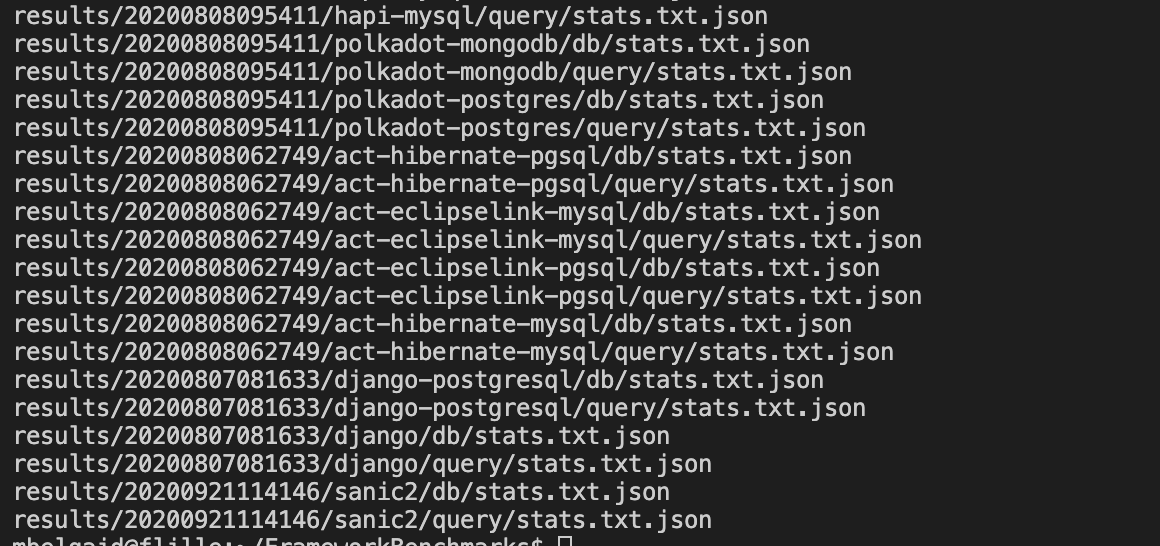Linux offers a set of some strong line commands such us egrep, find ..etc.
We find them in python as built-in functions or libraries, however if you are like me and used to those commands in your daily life you can combine them directly with python code to make it simpler and more efficient.
In this post i’ll show you two ways to get benifits from them by a real life example.
One of the cases when I use this approach is to deal with log files ,config files or just a set of data files. It helps gathering information and statistically analyze them.
The trick is to use linux commands to filter those files before starting the procedure using the command find.
In this example I have a tree of folders when they contain some config files stored in Json.
First, I look for them
find . -name "*.json"
and this will give a list of relative paths to those files.

and then we use the sys.stdin to get those files .So our python code will be something like this
def foo():
for line in sys.stdin:
f= open(line.strip(),'r')
#do something with f Note: we use strip to get over of the end of lines \n.
So if we combine them the result will be :
find . -name "*.json" | python generate-stats.py
Inisde a notebook
As most of statistical work is done now in notebooks, Jupyter offers us a set of magic commands that let us call system functions and plot the result into a variable.
stats_files = !(find . -name "*.json")this will give us a list of relative paths as well and we handle it in the same way as before
def foo():
for line in stats_files :
f= open(line,'r')
#do something with f 